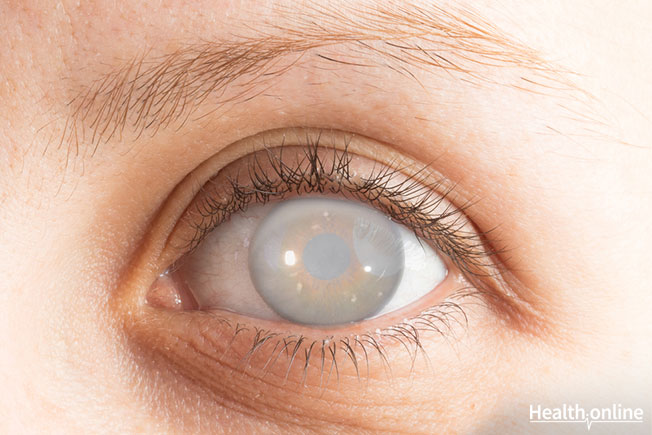
Introduction and Types of Cataract
Cataracts are the clouding of the eye due to protein build up. It is commonly associated with the aging population, however, it can also be associated with a variety of different medical conditions other than aging. In order to better understand cataracts, it is essential to understand the anatomy of the eye and how the progression of cataracts occur.
Anatomy Of The Eye:
Each eye has a lens that is located behind the iris (the colored portion of the eye). The lens has three segments which include; the outer capsule, the cortex, and the inner nucleus. Cataracts can form in any of these layers of the lens. When a cataract forms in a specific layer of the lens it impedes an individual’s vision. Cataracts form in the lens of the eye and cause vision changes such as blurred or double vision by inhibiting light from entering the eye normally. Because it does not affect the retina when the cataract is removed the patient’s visual acuity becomes immediately better. If there is damage to the retina in addition to cataracts then even if the cataract is removed, a person’s vision will not change very much. Cataract removal will only improve the person’s vision if the cataract is impeding the light through the lens to the retina.
Different Types Of Cataracts:
There are many different types of cataracts including nuclear sclerotic cataracts, posterior sub-capsular cataract, congenital cataracts, traumatic cataract, posterior capsular opacification, and diabetes associated cataracts.
There are many different types of cataracts including nuclear sclerotic cataracts, posterior sub-capsular cataract, congenital cataracts, traumatic cataract, posterior capsular opacification, and diabetes associated cataracts.
- Nuclear Sclerotic Cataracts: These are the number one cause of cataracts in the aging population. Over time the normal lens of the eye becomes larger and changes color. An opacity begins to form in the nucleus of the lens and becomes opaquer as individual ages. When this occurs, it begins to slowly impede an individual’s ability to see. As the opacity grows and becomes larger it can completely impede one’s ability to see using that eye.
- Posterior Sub-capsular Cataract: This particular subset of cataracts usually occurs in patients with a past medical history of diabetes or other inflammatory diseases that may require steroid treatment. The PSC cataract forms on the inner surface of the posterior capsule. Because this type of cataract occurs on the posterior surface of the capsule, it can be difficult to visualize and significantly impedes the individual’s vision.
- Congenital Cataracts: There are a variety of medical conditions that can have cataract formation as a complication. Rare childhood cancers such as Retinoblastoma can result in cataract formation. If a cataract is seen in a child, it is imperative that this disease be ruled out. Cataracts are just a symptom of retinoblastoma, which is a deadly disease and must be treated appropriately by the specialized physicians. Other diseases such as TORCh infections and Galactosemia can also result in cataract formation. In these serious medical conditions it is imperative that the underlying disease be treated first and then the cataracts addressed.
- Traumatic Cataracts: In instances in which the lens capsule is ruptured by some outside traumatic force, the inner lens becomes swollen and opaque. When this occurs, the cataract is best addressed by removing the lens and replacing it with an artificial lens.
These are just a few of the different types of cataracts that can form. The key takeaway message is that cataracts can form in the anterior lens or the posterior portion of the lens. Wherever the cataract forms in the lens, it will have negative effects on the patient’s vision. Cataracts can be associated with the aging, congenital, or traumatic conditions. Whatever the cause, the intervention is the same. To remove the cataract and replace the lens with an artificial lens. Intervention is different for small children or others who have an underlying medical condition resulting in cataract formation. Therefore, it is essential that each patient discusses their unique case with an Ophthalmologist to determine an individualized treatment plan.




